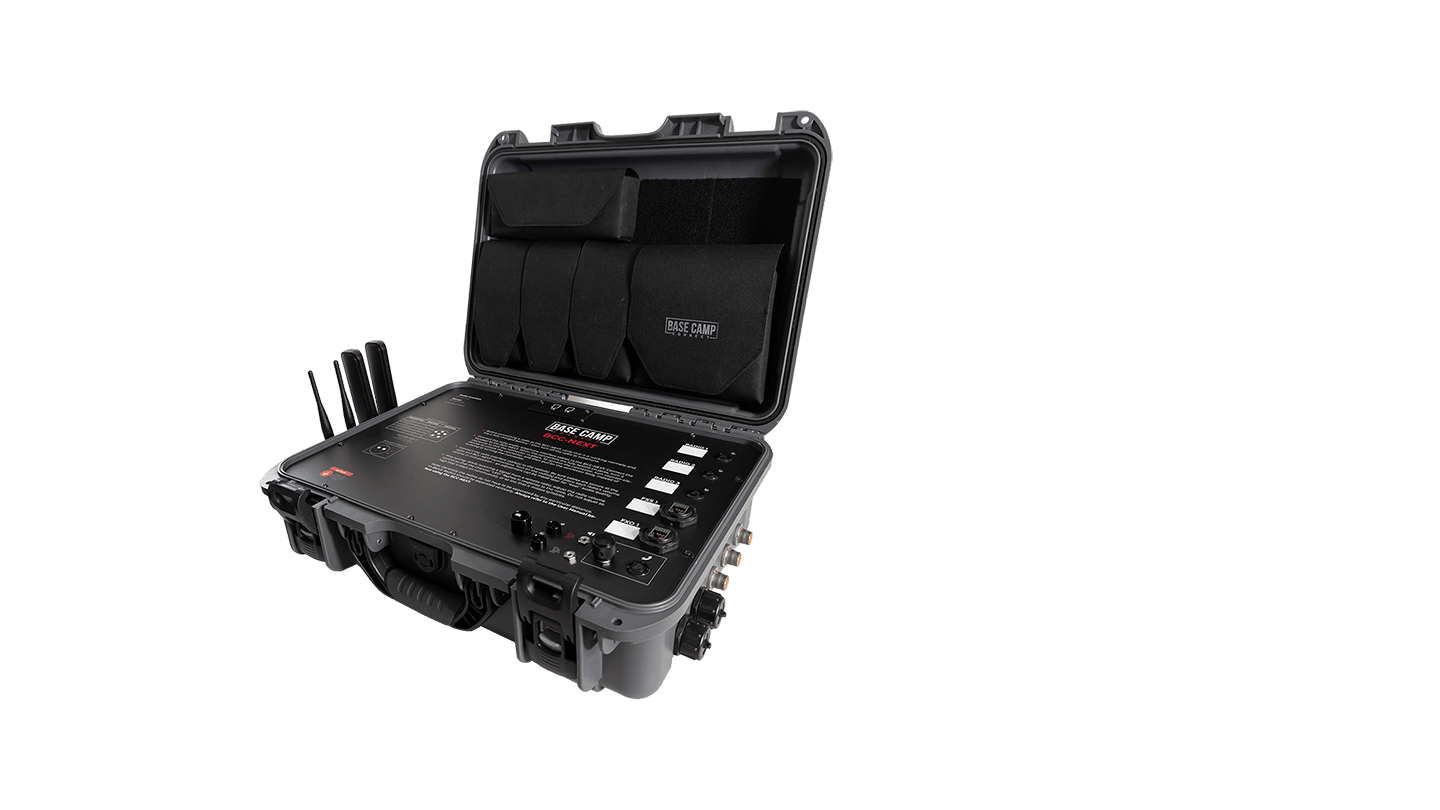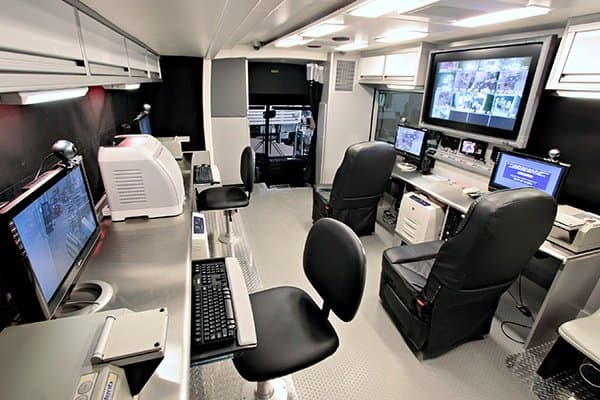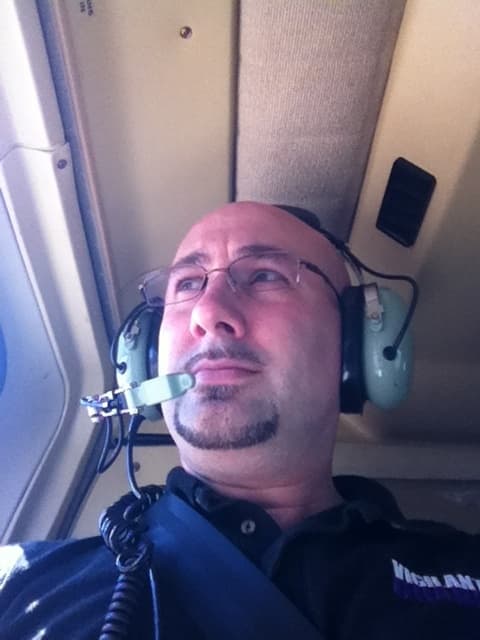Mobile command vehicles and trailers are nothing new. Like most things in emergency management, these resources have firm military roots. Mobile command vehicles and trailers were used extensively in World War II by practically every command element in the field. While there were variations, they typically consisted of a combined office and meeting room along with communications equipment; all in all, not much different from what we have today.
While public safety has used some variation of mobile command vehicle over the last several decades, the past twenty years or so have seen near exclusive use of the recreational vehicle (RV) type of design, often complete with bump-outs for added space and the conveniences of a washroom, coffee pot, microwave, and mini-fridge. The space and comfort of civilian design merged with the utility of public safety has made for a useful resource in many complex incident scenes.
When selecting a mobile command vehicle, it’s wise to start your venture with a list of needs and realistic expectations. Consider how and when it will be used. It’s not going to roll for every house fire and, aside from a more tactical use, won’t have broad applicability as the hub of a major disaster. Where mobile command vehicles excel is in the space in-between, typically categorized as the NIMS Type III incident. Many communities experience these in the form of floods, smaller wildfires, and train derailments, as well as other extended-operation incidents, such as searches and active shooter responses. While mobile command vehicles may have applicability to the more complex incident types, they do not often serve as the Incident Command Post.
What to consider ? First of all, internal space, while improving through the years, is still quite limited. Eight to ten people will quickly crowd the meeting space of most RV styles. While this can be acceptable for smaller, closed meetings or executive briefings, it’s likely not adequate for anything larger. While semi-trailer-style mobile command posts can extend this workspace to a degree, they also come with their own limitations. From experience, I’ve found that the meeting space available in mobile command vehicles is often best used as a workspace for elements of your incident management team, especially your Planning Section, who can take advantage of the more settled environment and access to technology.
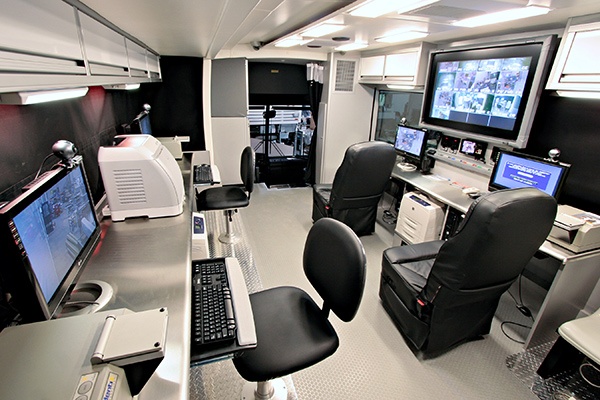
Let’s talk about technology. Perhaps the greatest benefit brought to the scene by mobile command vehicles is technology. Outfitted properly, these assets offer a wide array of useful technology ready for integration into incident management. Addressing some of the most basic needs, technology relies foundationally on power. While internally the vehicle provides climate control and outlets for a wide array of equipment, many mobile command vehicles come equipped with their own generators, providing power externally. RV style mobile command vehicles can be outfitted with retractable awnings, which greatly add to usable space, especially with the availability of power and lighting.

Further, the vast array of data flowing in is only limited by the technology available and connectivity to external networks. Connections to satellite, analog, and digital networks are a standard and provide your team with access to the information they need, ranging from live weather feeds; to networked incident management platforms; e-mail, telephonic, radio, and video communications; and general internet access. Live video feeds are another option, ranging from inputs from remote sources to telescopic mast-mounted cameras on the vehicle itself. These can allow for convenient close-up views from a safe location. Flat panel displays, mounted internally and sometimes externally, can provide at-a-glance information from a variety of these data feeds for your team and other stakeholders.
Technology applications, such as Base Camp Connect, offer an unprecedented degree of interconnectivity, offering a variety of solutions to bridge disparate communications systems and provide increased access to technology. Wired and wireless internet, cordless telephone handsets, radio base stations, and interoperability technology can extend and enhance the effectiveness of your team, both inside and outside the vehicle.
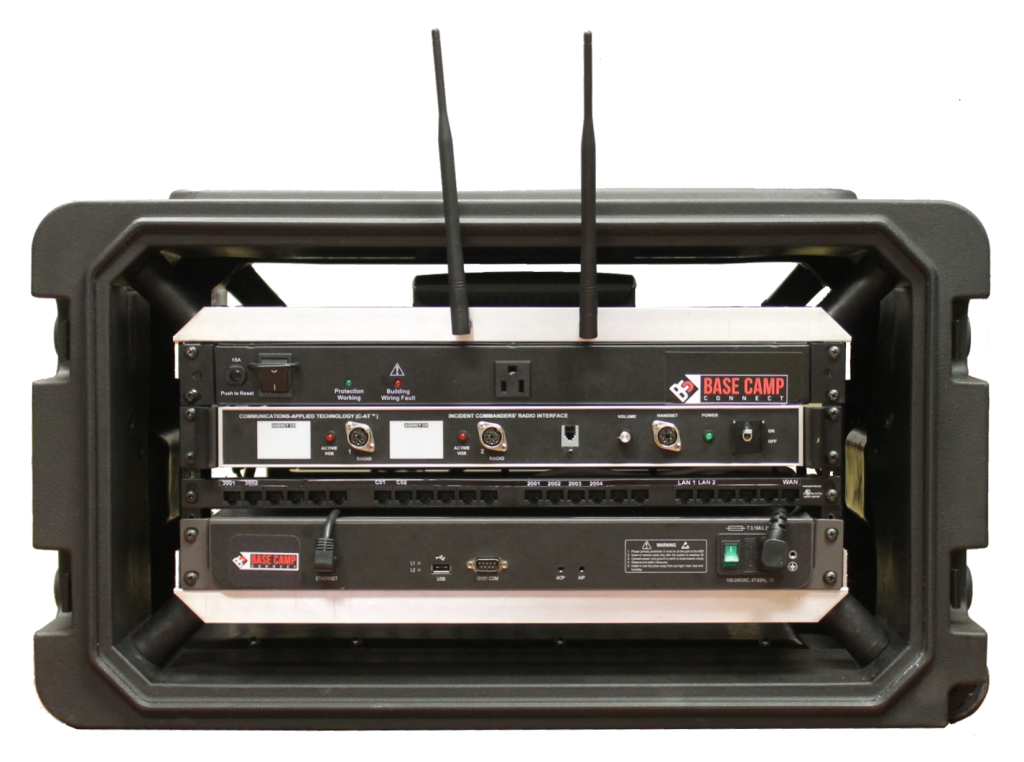
Beyond the purchase of the vehicle, there are other related issues you need to address. Storage and maintenance are extremely important. Just as we have to maintain our own automobiles, we need to maintain mobile command vehicles, which is more than just a regular oil and filter change. Technology must always be kept current to be most effective, including firmware and software updates. You also need to ensure the availability of properly trained drivers and operators – if you can’t get the vehicle to its location and set up, it has no value to your organization.
Lastly, preparedness is key. Be sure to include the capability of your mobile command vehicle in your emergency plans. Under what conditions will it be deployed? Under whose authority? Who is responsible for it? What types of operations will be conducted from it? How will it connect to the EOC and what is the flow of information and authority with the EOC? How will it be supplied? Standard operating guidelines and job aids should be created to help support operations. Train people to use the mobile command vehicle and operate it. One of the best ways for them to gain experience in deployment, set up, operation, troubleshooting, and demobilization is through exercises. Set up your own and take part in the exercises of others. These activities will enhance your capabilities and maintain readiness for when you need it most.


